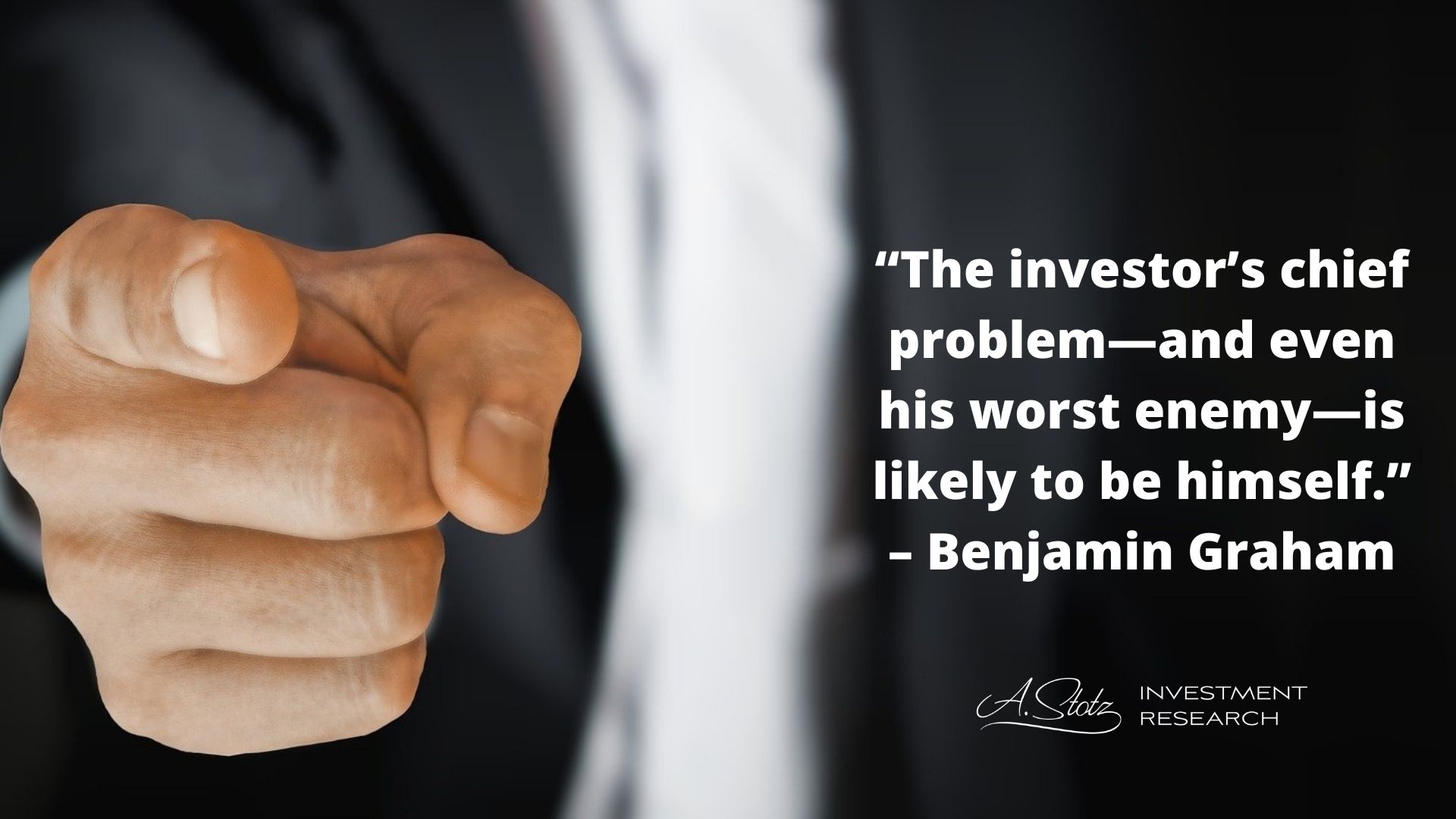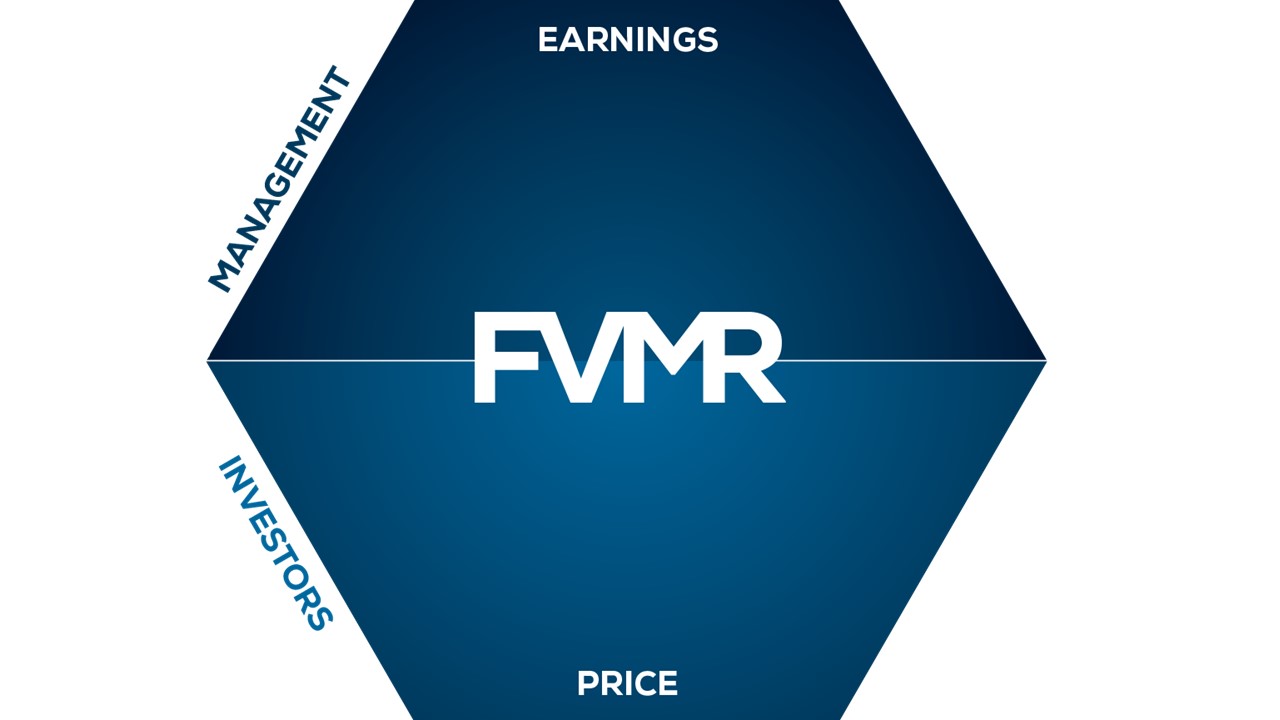An Investment Framework Forces Discipline
The father of value investing, Benjamin Graham, said, “The investor’s chief problem—and even his worst enemy—is likely to be himself.” Later on, Kahneman and Tversky laid the foundation of a new discipline describing how behavioral biases negatively impact investment performance.
In this post, we’ll cover five common biases and how you can deal with them.
Anchoring
Anchoring is when we fixate on some past information and then base our future investment decisions on this. For example, if you buy a stock at $100, or an analyst says the target price is $130, you think the stock should trade at these levels.
You then stick to your anchor even when new information suggests you should change. The world around us changes, and so do the fundamentals of the company you have invested in; all sorts of information can affect its share price.
By just being aware of your anchor and becoming irrelevant due to new information, you should be able to deal with this bias.
Confirmation bias
We tend to search for, focus, and put weight on information that confirms beliefs we already have. You invest in something because you spent months researching it. You then seek to reinforce and confirm this belief by reading sources that portray the investment positively. You may also actively seek out other investors that agree with you to let them confirm your views.
Always be open to opposing views and strive for objectivity. Play devil’s advocate with yourself or ask a friend to challenge your opinion.
Recency bias
We base future decisions on recent events and information, e.g., if the market is in a downward trend, we tend to assume that it will continue to go down—and vice versa.
Increasing your awareness of recency bias will help you to deal with it. Be sure to put everything in a bigger perspective and expand your time horizon when making decisions about your investments.
Herding
Herding is displayed when we decide to follow the crowd—being the social animals we are. The famous economist Keynes said, “…it is better for reputation to fail conventionally than to succeed unconventionally.”
You can make money by following trends; hence, you can make money from herding. But herding behavior by others can make you doubt your contrarian view or force you out of your contrarian position.
Seek information for an informed opinion, and always have a rationale for your investment decision. Don’t just do it because everyone else is.
Overconfidence
There are plenty of academic papers, books, articles, blog posts—this could go on forever—already about overconfidence, so I will keep it short: YOU ARE OVERCONFIDENT.
It may come across as an overconfident statement to make, but you likely are, and even if you aren’t, you’ll learn from this. Admit that you are overconfident, be humble, do your research, and know that you don’t know it all.
An investment framework can help you overcome behavioral biases
Our investment strategies come from our proprietary FVMR (Fundamentals, Valuation, Momentum, and Risk) framework. We do research and backtesting to optimize this strategy based on the factors that have historically worked the best. We might, of course, get ideas from others, but we then test those ideas ourselves.
It’s easy to be emotionally affected by market events and let behavioral biases affect investment decisions. Rash decisions can be costly. To help us make unbiased and rational investment decisions, we stick to our investment framework. A robust framework means the strategy relies on data and structure rather than just a feeling.
DISCLAIMER: This content is for information purposes only. It is not intended to be investment advice. Readers should not consider statements made by the author(s) as formal recommendations and should consult their financial advisor before making any investment decisions. While the information provided is believed to be accurate, it may include errors or inaccuracies. The author(s) cannot be held liable for any actions taken as a result of reading this article.




